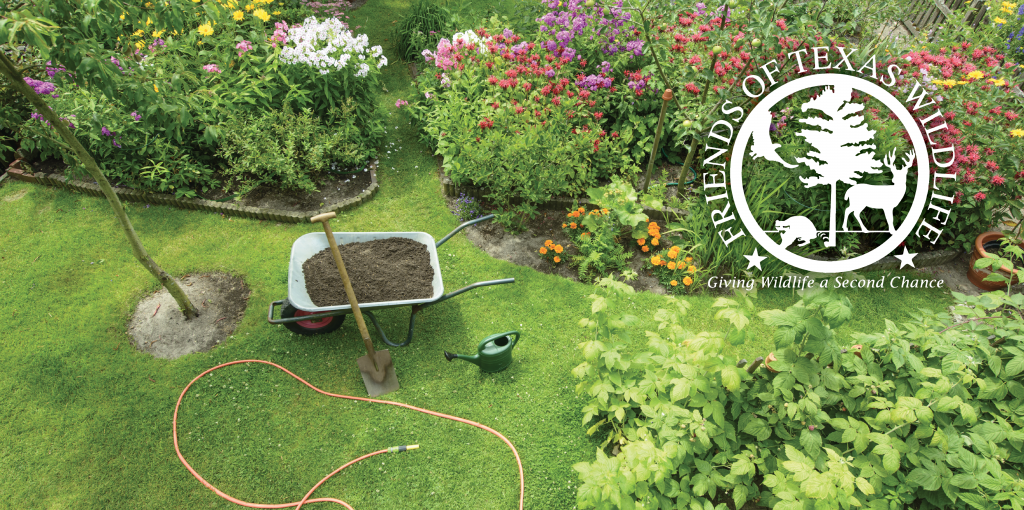In our part of Texas, it’s always exciting around mid-December or so to once again hear the high-pitched “zeeeeeeeeee” in the trees as flocks of cedar waxwings make their winter appearance back in our area. These little masked beauties can often be seen and heard as they strip our trees and shrubs of the plentiful berries to be found here.
Cedar waxwings are roughly the size of cardinals. They are primarily brown and gray with buff coloration underneath. They have a distinctive black mask that stretches from their beak, across their eye, and back towards their crested head. The end of their tail is rimmed in yellow feathers. Their name is derived from the red, bead-like tips on their wings. Males and females are quite similar in size and coloration; juveniles have a smaller crest and gray-brown streaks on their underparts. They generally arrive in our area some time in December. Some migrate through and head further south into Mexico, while others remain here for the winter months. They travel through in flocks; groups of waxwings are called an “ear-full” or a “museum”. Waxwings are highly-social birds, and they communicate with other members of their flock by using physical displays and noises. They generally have a life span of about five to eight years.
Waxwings eat a varied diet, depending on what is available. They eat insects such as carpenter ants, cicadas, caterpillars, dragonflies, mayflies, scale insects, and beetles. They catch many insects on the wing, sometimes even skimming over water hunting. They also commonly feed on berries, fruits, maple sap, and flowers. They are commonly found in berry bushes, evergreens and along rivers or around ponds. To attract waxwings to your yard, it is helpful to plant native trees and shrubs that provide them with small fruits and berries. Some examples would be cedar, juniper, dogwood, hawthorn, yaupon, holly, winterberry, and serviceberry. At our center, it is not uncommon for people to bring us waxwings that are found on the ground, unable to fly. Since their diet here consists primarily of berries, they sometimes get intoxicated from eating fermented berries and fruit! In these cases, they simply need a safe place to more or less sleep it off. However, at times it can prove fatal if they ingest too many fermented berries with a high alcohol content. One plant to avoid in your landscaping is Nandina (sometimes called Heavenly Bamboo). Nandina berries are generally low in toxicity, but they can be lethal to cedar waxwings. This is because waxwings have different feeding and digestive habits from most other birds. If you do have nandina planted in your landscaping, please cut the stalks of berries off and dispose of them during the few months when waxwings may be in our area to prevent them from being poisoned.
To learn more about what we do and view pictures of many of the animals we assist, please visit our Facebook page at www.facebook.com/SavingTexasWildlife. Details can be found at www.ftlw.org, and then click on “How to Help”. We also have a great deal of helpful information on our website about many species of animals and how to assess if they need help or not. If you need assistance with an animal you may have found, please email us at ftwl.help@gmail.com. For the time being, due to ongoing Covid concerns, our educational center remains closed, but we are participating in many online presentations and will be posting more educational videos on our Facebook and YouTube page in the coming weeks. We hope moving forward into 2021, we can get back to a more normal schedule, including educational presentations, camps, birthday parties, and scouting events. We’ll keep everyone posted!
